11 Carbon-Neutral Cities in Europe Leading the Charge in Green Tourism
European cities are moving beyond token green gestures and shaping real, measurable carbon reductions that travelers can see and support. This list highlights 11 destinations that either hold EU-recognized green awards, report clear carbon-neutral commitments, or have concrete city-level tools that help residents and visitors lower emissions. For U.S. and North American travelers, that means easier low-emission transport, eco-conscious accommodations, and bookable green activities—without sacrificing the culture, food, and history that make city breaks memorable. Each city entry below focuses on what makes the place climate-forward, practical ways to get around sustainably, one recommended type of green stay, and an activity visitors can book that supports local sustainability goals. Where a city’s exact carbon-neutral target or certification year is time-sensitive, the entry uses "As of Nov 2025" to keep details current and encourage readers to confirm dates before booking. Booking low-emission transport, choosing certified lodgings, and joining community-led tours are small choices that add up. Read on to find European cities that pair lively visitor experiences with credible environmental action—cities where your trip can be part of the solution rather than the problem.
1. Valencia, Spain — European Green Capital with a tourism-friendly green agenda
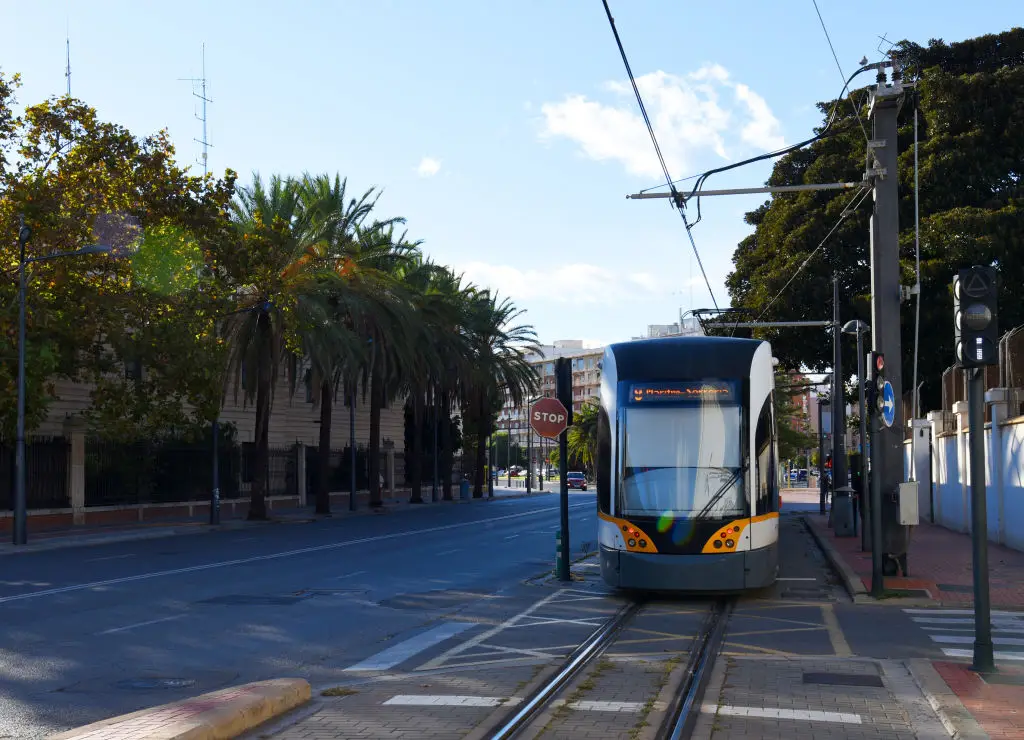
As of Nov 2025 Valencia is widely recognized for recent progress on urban greening and sustainable mobility after earning European Green Capital recognition. The city has invested in low-emission tram and bus lines that connect the historic center with the beachfront, making it easy for visitors to skip short car trips. Valencia’s Turia Gardens—an eight-kilometer park reclaimed from a former riverbed—offers green space and safe walking routes right through the city, and many attractions are bikeable. For stays, travelers can prioritize hotels that publish sustainability reports or carry regional eco-certifications, and several boutique properties now use solar, waste-reduction programs, and local produce in their restaurants. Bookable green activities include guided bike tours of the old town and coastal restoration walks led by local NGOs; these tours typically highlight urban sustainability efforts and support community projects. Valencia balances vibrant cultural life with concrete green investments, so visitors can explore museums and markets while minimizing their footprint. If you want to plan ahead, check the latest local eco-certification details and tram pass options before you travel.
2. Lahti, Finland — A practical push toward carbon-neutral living
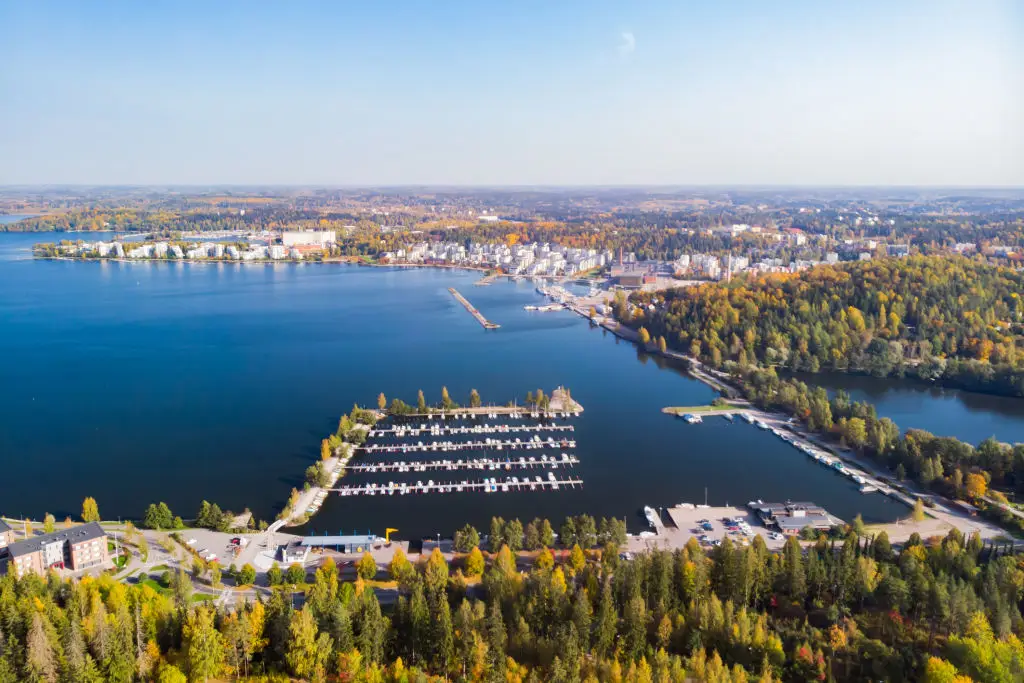
Lahti has become a visible test case for citizen-centered carbon neutrality, with municipal tools aimed at reducing emissions in everyday life. As of Nov 2025 the city has promoted a lifestyle app and municipal incentives that help residents track consumption and lower their carbon footprint, and that framework also benefits visitors who want low-impact experiences. Transport choices favor regional trains and electric buses, and the compact center is easy to explore on foot or by rental bike. Accommodation options include small eco-lodges and guesthouses that focus on energy efficiency and sourcing local meals; many prioritize transparency about energy use and waste handling. For visitors who like active, restorative travel, Lahti’s surrounding lakes and forests offer sustainable outdoor activities such as low-impact canoe trips, guided foraging walks, and conservation volunteering days that can be booked through local operators. These experiences are practical for travelers who want to combine nature time with measurable contributions to local environmental work. Before booking, check local operator certifications and ask how tour operators account for emissions.
3. Tallinn, Estonia — Walkable Old Town and a 15-minute city vision
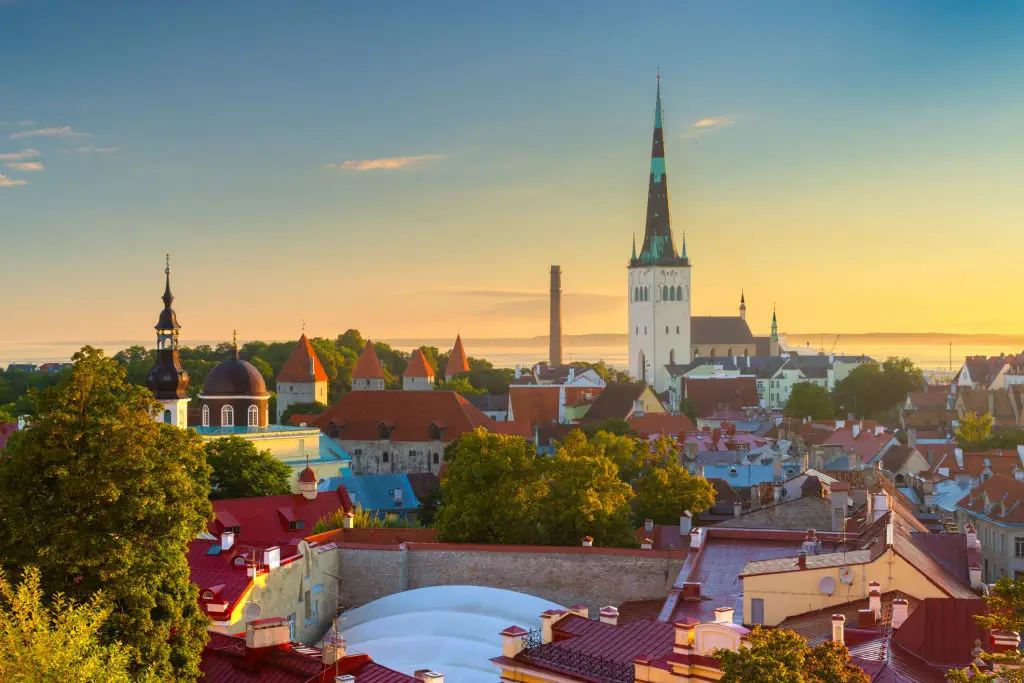
Tallinn is increasingly framed around compact, accessible neighborhoods and a push to reduce transport emissions. As of Nov 2025 municipal plans reference a 15-minute city concept that prioritizes local services, bike lanes, and low-emission public transit to shorten everyday journeys. For visitors, the Old Town’s pedestrianized streets are naturally low-impact, and Tallinn’s electric buses and trams make connecting to museums and waterfront areas straightforward. Look for accommodations that advertise energy-saving measures and local-sourcing policies; several guesthouses and boutique hotels work with community food producers for breakfast and restaurant menus. Bookable green activities include guided walking tours focused on heritage and urban sustainability, electric harbor cruises that use low-emission boats, and tech-forward experiences that demonstrate how the city measures emissions. Tallinn’s blend of medieval charm and modern sustainability planning makes it a strong option for travelers who want both history and credible climate action. Check municipal websites for the latest transit passes and low-emission service offerings.
4. Gothenburg, Sweden — A port city turned sustainable urban playground

Gothenburg has shifted from heavy industry toward sustainability initiatives that prioritize renewable energy and low-emission tourism. The city has supported wind-powered hotels and policies restricting single-use plastics, and it promotes nature-based experiences on the nearby archipelago. Visitors can rely on a dense network of tram and train connections plus low-emission ferries to reach islands and coastal reserves. Many hotels in Gothenburg highlight energy efficiency, green procurement, and partnerships with local food producers, so choosing a property that publishes sustainability practices helps support the local green economy. Bookable activities include archipelago kayak tours, eco-friendly wildlife cruises, and city bike excursions that pair neighborhood visits with sustainability briefings. Gothenburg’s approach shows how an industrial past can be reworked into a low-carbon visitor experience that still supports local livelihoods. For practical planning, confirm ferry timetables and ask hotels about their specific energy and waste-reduction commitments.
5. Copenhagen, Denmark — The cycling capital with carbon-smart transport

Copenhagen’s long reputation for cycling and progressive transport policy makes it a natural pick for sustainable urban travel. The city’s cycling infrastructure and protected bike lanes are extensive, and many visitors choose e-bikes to cover more ground without emissions. Copenhagen has also expanded low-emission harbor buses and metro connections that reduce the need for cars in the center. For lodging, several hotels and design-forward guesthouses display green credentials like energy-efficient heating, waste reduction, and locally sourced food offerings. Bookable green experiences include guided bicycle architecture tours, culinary tours that showcase sustainable restaurants, and harbor swims or low-impact sailing trips operated by providers that follow environmental best practices. Copenhagen balances comfortable city life with practical options for low-carbon exploration, and it’s easy to design a trip that uses only public transport and cycles. Always check, "As of Nov 2025," for the latest transit passes and bike rental programs before travel.
6. Oslo, Norway — Low-emission zones and fjord-friendly travel
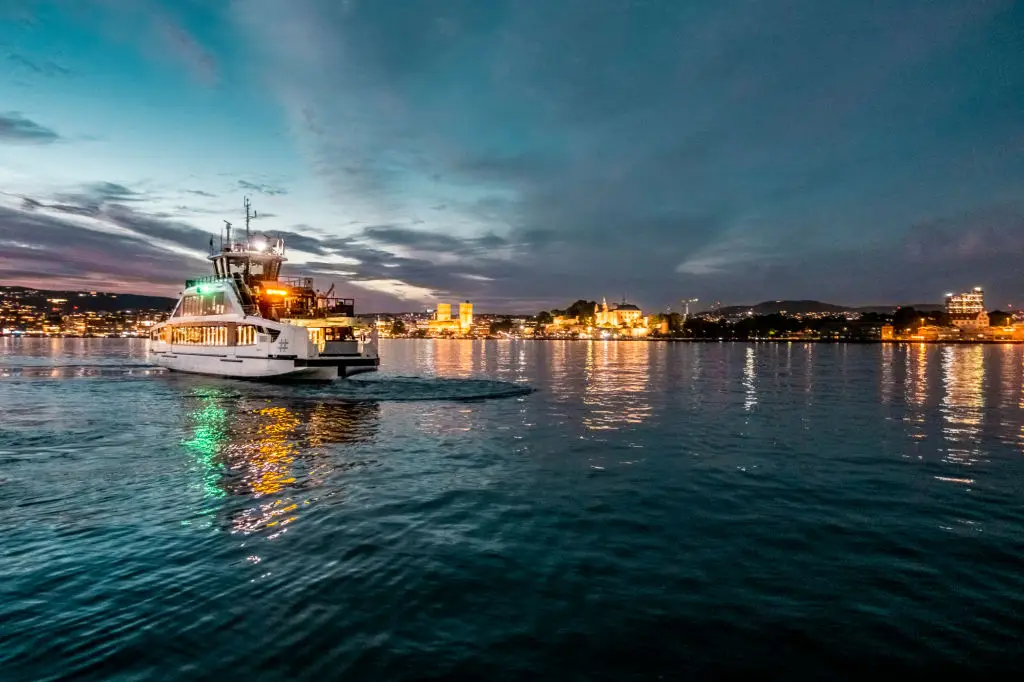
Oslo’s climate planning includes low-emission zones and incentives for electrified public transport, which makes exploring the city and nearby fjords less carbon-intensive. The city has promoted electric buses and ferries to connect waterfront neighborhoods with outdoor recreation areas. Staying in the city center puts many attractions within walking distance, and eco-focused hotels often provide electric charging, locally sourced food, and clear waste policies. Visitors can book sustainable fjord cruises that use electric or hybrid vessels, and they can choose guided hiking or forest bathing trips that support conservation organizations. Oslo also encourages businesses to disclose climate measures, helping travelers identify lodgings and tour operators with measurable sustainability practices. For North American travelers planning a Scandinavian visit, pairing Oslo with regional rail travel reduces intra-country flights and supports lower-emission tourism options.
7. Amsterdam, Netherlands — Canals, e-bikes, and low-emissions tourism

Amsterdam has invested in cleaner transport and tourist management programs that reduce crowding and emissions around sensitive heritage sites. E-bikes are widely available for rent, and electric canal boats now offer an alternative to traditional diesel tours. The city promotes hotels with green certification and encourages restaurants to source local, seasonal ingredients—choices that are easy for visitors to support. Bookable options that align with low-impact travel include guided e-bike neighborhood tours, small-group electric canal cruises, and volunteer-led green market visits that pair shopping with sustainability education. Amsterdam’s compact layout and transit connections make it easy to create a low-carbon itinerary while enjoying museums and neighborhoods. If you’re visiting, consider multi-day public transport passes and select certified operators for activities.
8. Freiburg, Germany — Solar roofs and transit-first urban planning
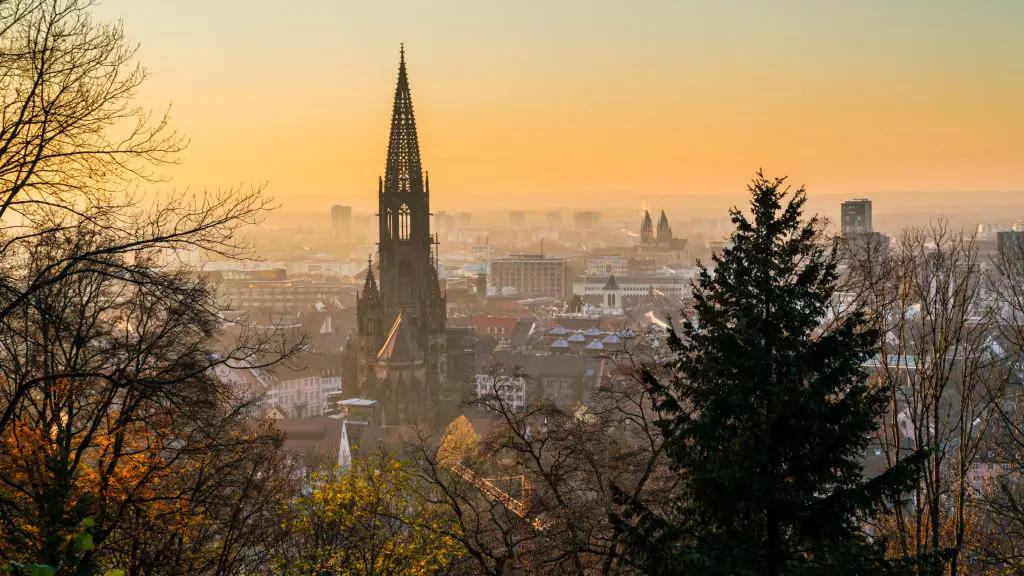
Freiburg has a strong reputation in Germany for urban sustainability, with notable emphasis on solar energy, energy-efficient building standards, and a transit-oriented city plan. The regional rail network and local trams connect the city to the Black Forest, which invites low-impact hiking and nature tours. Visitors can choose from eco-friendly pensions and hotels that highlight renewable energy use and regional menus; several lodging options work with sustainability-focused certification schemes. Bookable experiences include guided low-impact hikes in the Black Forest, sustainable wine and food tastings from local producers, and solar-focused educational visits that explain the city’s renewable energy systems. Freiburg’s model shows how renewable energy investments and pedestrian-friendly design can create an attractive, low-carbon visitor experience. For precise program details, check municipal sustainability pages "As of Nov 2025."
9. Reykjavik, Iceland — Geothermal energy and nature-first tourism
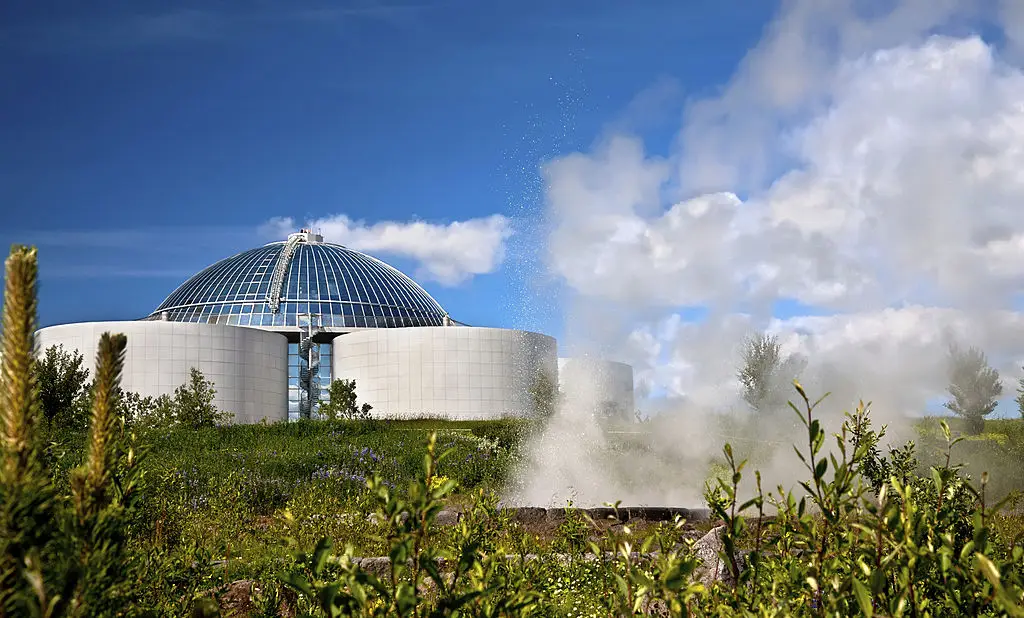
Reykjavik’s energy system is heavily powered by geothermal and hydro sources, which reduces the city’s emissions from heating and electricity compared with fossil-fuel-dependent places. That energy base supports eco-conscious services such as low-emission public transport and sustainably managed spas. Visitors can opt for responsibly operated eco-tours to nearby natural attractions, and many operators focus on minimizing landscape impacts and supporting local communities. Sustainable lodging in Reykjavik often highlights geothermal heating, water-conservation measures, and local sourcing for food. Bookable activities that align with low-impact travel include guided glacier-walk alternatives that emphasize conservation, eco-friendly whale watching with strong animal welfare policies, and geothermal pool visits that promote responsible use. Travelers should verify operator sustainability claims and seasonal availability "As of Nov 2025" before booking.
10. Grenoble, France — Mountain access and low-carbon mobility
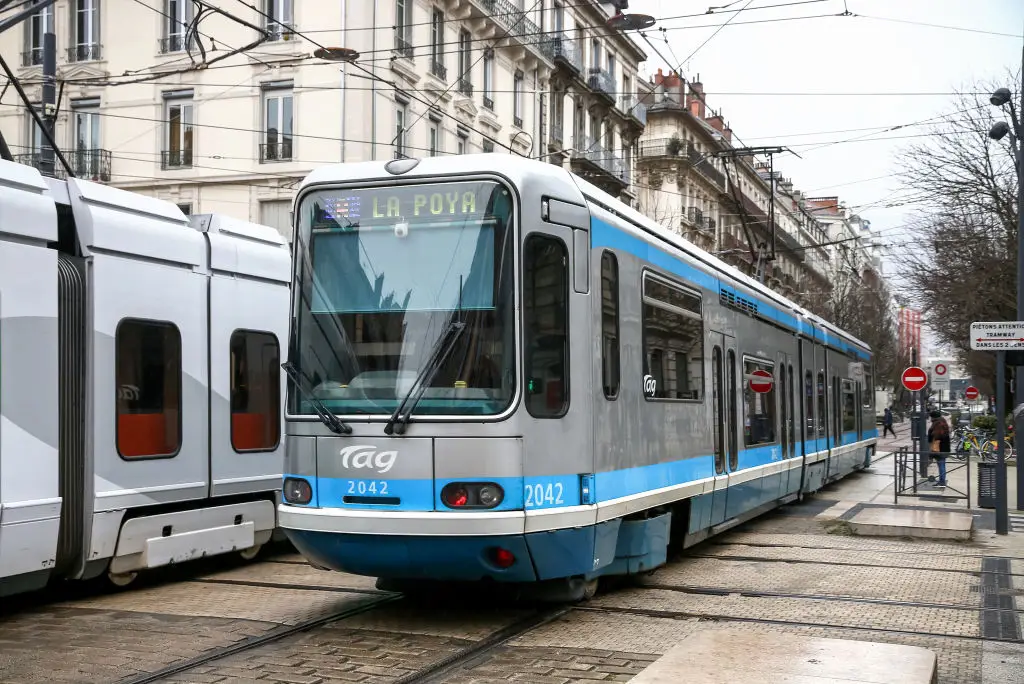
Grenoble sits at the gateway to the French Alps and has invested in urban mobility projects that make it easier to reach mountain trails without a private car. Electric trams and local low-emission buses connect neighborhoods and mountain gateways. Many lodging choices nearby market eco-friendly practices, and regional guesthouses emphasize local food and waste-minimization. For visitors seeking outdoor adventure with a smaller footprint, bookable options include guided alpine hikes that use public transport for access, low-impact mountain-bike tours, and conservation-focused nature walks that directly support local protected-area efforts. Grenoble demonstrates how access to dramatic nature does not have to mean heavy emissions when planning and transport options prioritize sustainability. Check regional transit passes and tour operator credentials when making plans.
11. Helsinki, Finland — Electrified transit and accessible green spaces
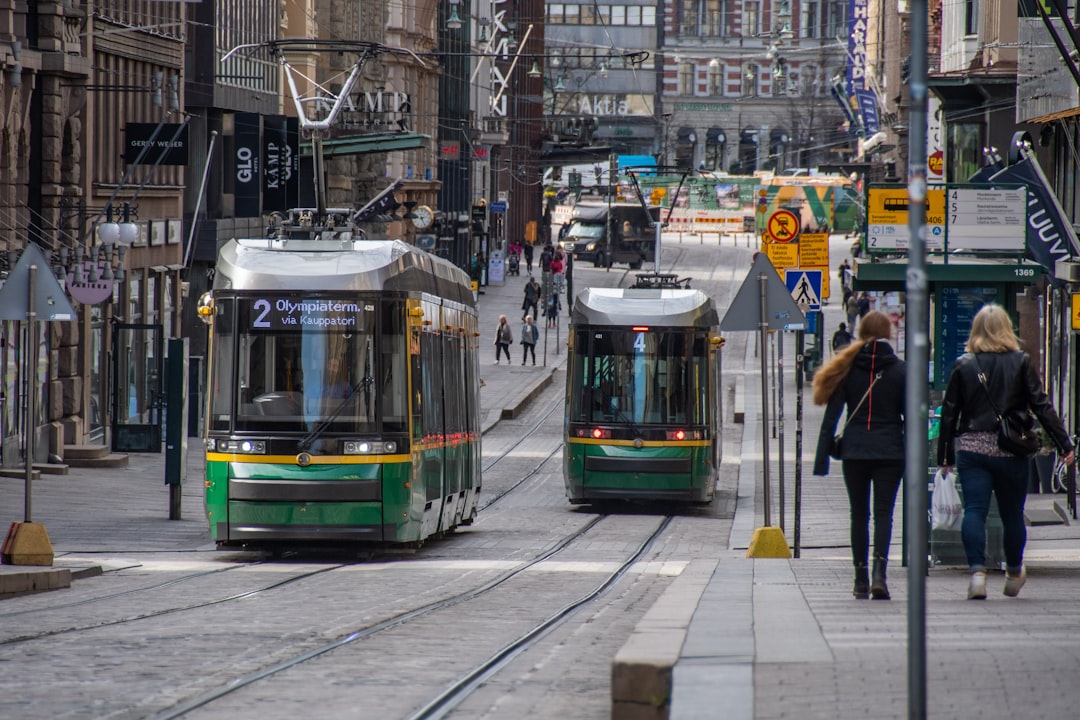
Helsinki continues to expand electrified public transport and to protect nearby archipelago islands, offering a practical city base for low-emission exploration. Frequent trams, ferries, and pedestrian pathways make it easy for visitors to see museums and parks without driving. Several hotels in the city highlight energy-saving measures and participation in local circular-economy initiatives, and smaller guesthouses often partner with local producers for their menus. Bookable green experiences include archipelago ferry trips on newer low-emission vessels, guided urban nature tours that visit parks and coastal habitats, and cultural experiences that connect visitors with community-based sustainability projects. Helsinki’s integrated transit and strong public spaces make it straightforward to plan a trip that balances city culture with nature-based low-impact excursions. Always confirm schedules and operator certifications "As of Nov 2025" before booking.
Why choosing carbon-conscious cities matters — and how to travel responsibly
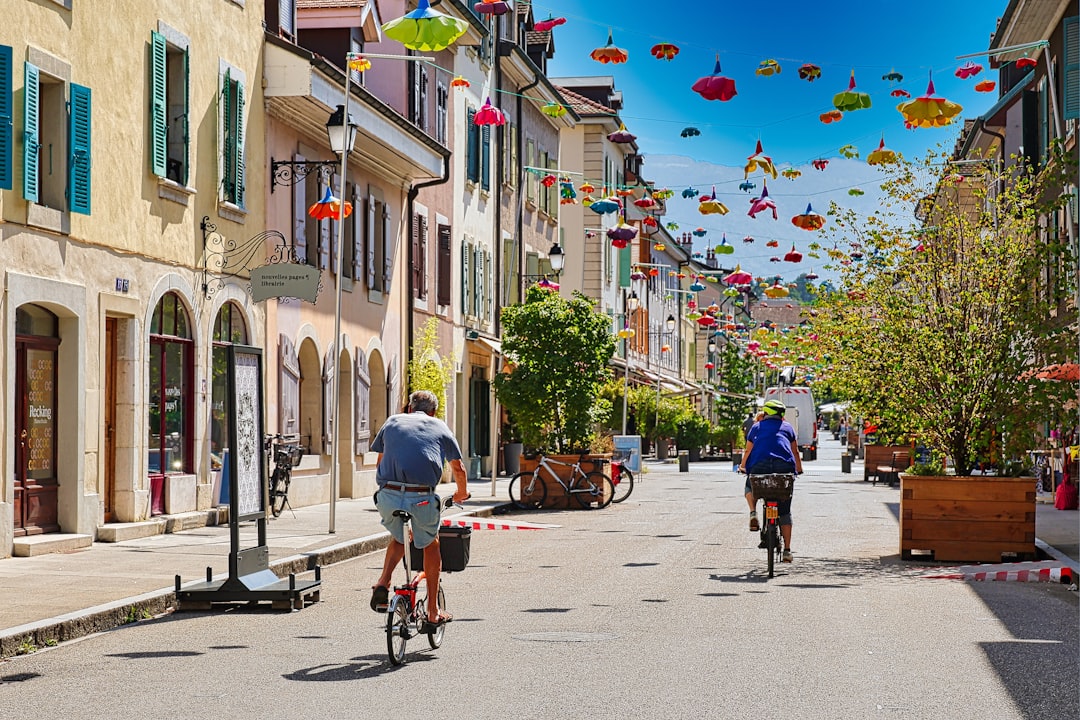
Travel choices shape demand, and choosing cities with measurable carbon-neutral plans or verified green recognition supports local climate action while giving you a meaningful trip. These 11 European destinations show different ways cities reduce travel emissions—through expanded electric transit, renewable energy, pedestrian-first planning, or community tools that track and reduce consumption. For practical travel planning, prioritize these steps: choose public transit and e-bike options; book hotels and tours that publish sustainability practices or hold recognized green certifications; and pick activities that support local conservation or community groups. Before you go, check "As of Nov 2025" for the latest certification and transport details, and ask operators how they account for emissions and community benefit. Small choices add up: when visitors opt for low-emission transport, eco-conscious lodging, and vetted green activities, they reinforce a market for sustainable tourism. That helps cities invest further in carbon reduction measures and protects the destinations we visit. If you want a closer look at one of these cities, start by comparing transit passes and certified accommodations, then book a guided experience that gives back to the community and the landscape you’ll enjoy.








